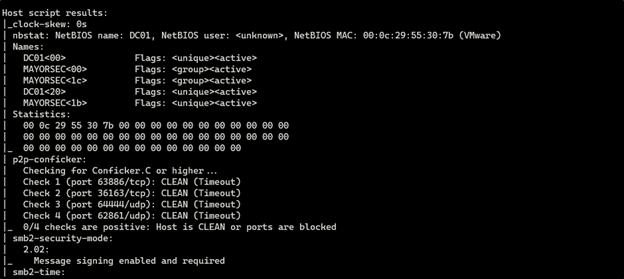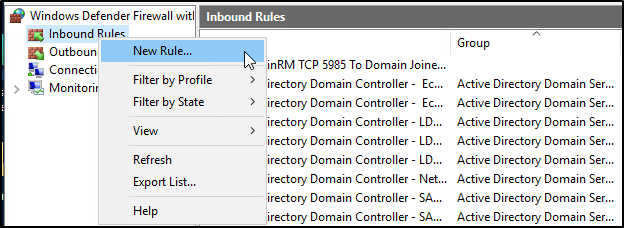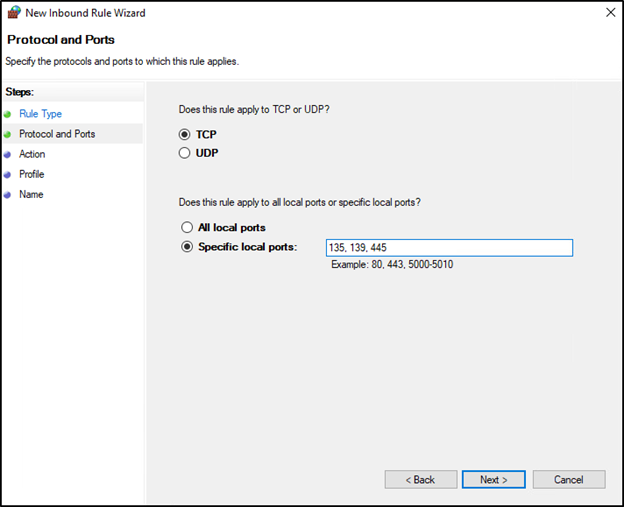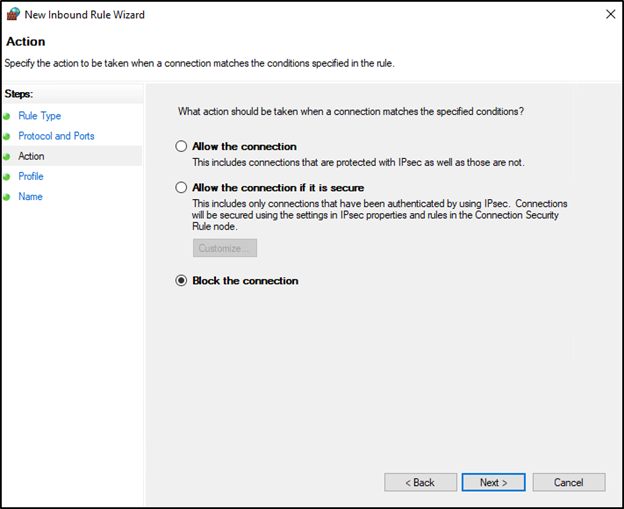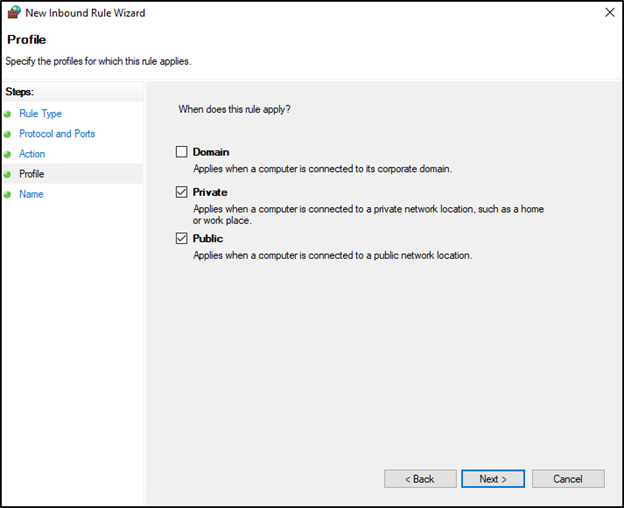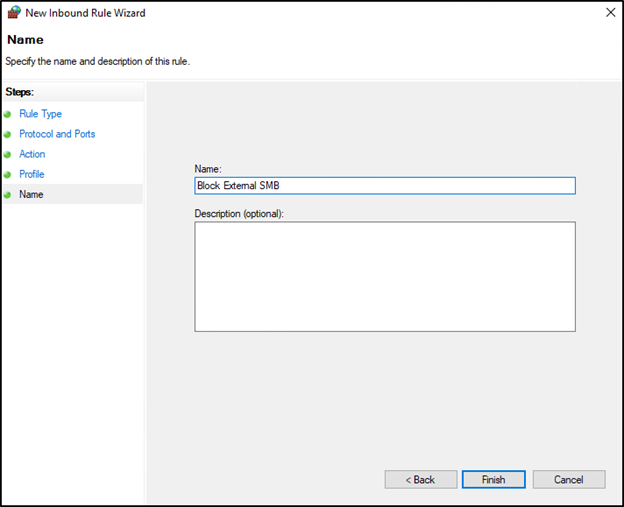Insecure Service
SMB Service Availability to Internet or Other Unauthorized Users
TCM-KB-EXT-001
Last Updated: 6/26/2023
Microsoft Windows Server
The recommended remediation steps and configurations described in this response would primarily affect systems running Microsoft Windows Server.
SMB
SMB refers to Server Message Block.
A small message block refers to a compact unit of data transmission used in communication protocols. It typically contains a limited amount of information, such as a command, status update, or a small portion of a larger message, allowing for efficient and rapid exchange of data between devices or systems.
Contributor

Joe Helle
Chief Hacking Officer
Recent Blogs

Protecting Your Network With Honeypots
Set up a honeypot to trap hackers and learn about the tactics, techniques, and procedures they may be using to try and break into an organization’s systems.

Prototype Pollution: Advanced Web Hacking
An outline of the elements of the prototype pollution JavaScript vulnerability, how it functions, how to test for it, and how to exploit it in a pentesting situation.

Ethical Hacker Gift Guide 2024
The staff at TCM Security have offered some suggestions for those looking to buy gifts for ethical hackers this holiday season.

PimpMyKali (PMK) v 2.0 Release
Pimpmykali is a tested post-installation automation script that takes the headache, research, and guesswork out of proper Kali installation and tuning.

How to Pass the PIPA Certification Exam
Practical IoT Pentest Associate (PIPA) certification creator Andrew Bellini shares his insider tips for passing the PIPA exam.
Issue
The SMB service on the domain-joined endpoint is available to the Internet. This could permit information disclosure of internal network identities (i.e., fully-qualified domain names of internal domains) and accessibility of an external entry point for brute force attacks.
Recommended Remediation
The following outlines the recommended steps that the systems and network administrators should take in order to secure the environment.
Utilizing a user account with administrative privileges, open Windows Defender Firewall with Advanced Security.
Right-click inbound Rules and select New Rule.
In the Rule Type window, click Port and select next.
Select the TCP option, and below, the Specific local ports option. Enter ports 135, 139, 445 and click Next.
On the next screen, select Block the connection and press Next.
In the next window, deselect Domain and Private, and select Public. If you prefer to only allow domain-connected devices to access the SMB service, deselect only Domain, and select Private and Public. Press Next when complete.
In the next window, specify a name for the new firewall rule, and enter a description if desired. Press Finish when complete.
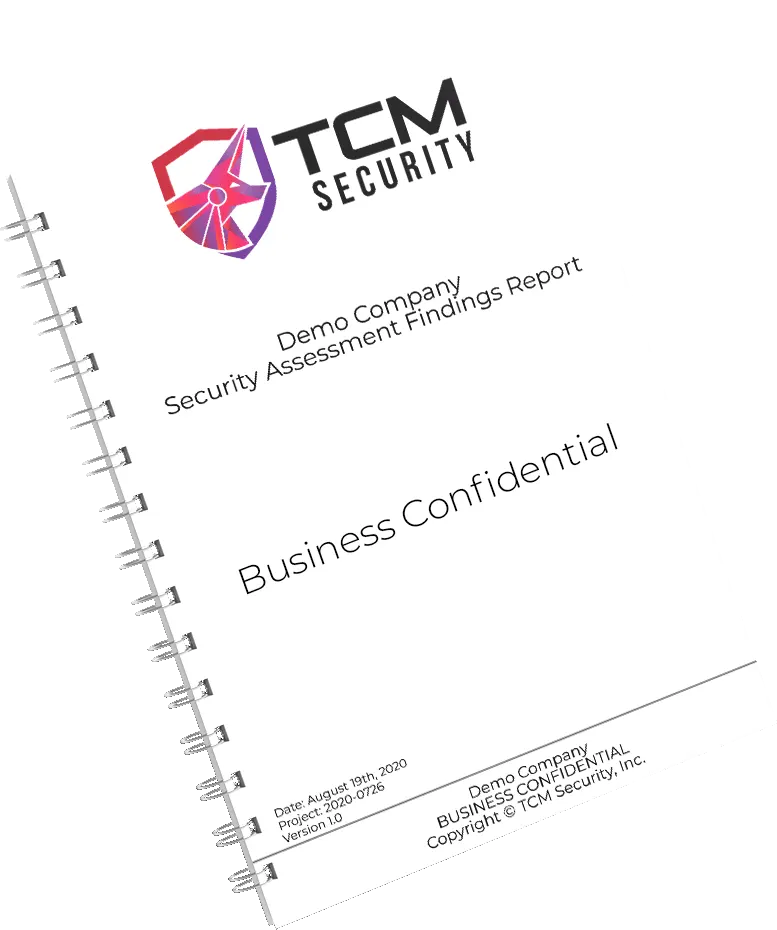
Sample Pentest Report
See The Results We Can Deliver To You. No Email Required.
See How We Can Secure Your Assets
Let’s talk about how TCM Security can solve your cybersecurity needs. Give us a call, send us an e-mail, or fill out the contact form below to get started.

